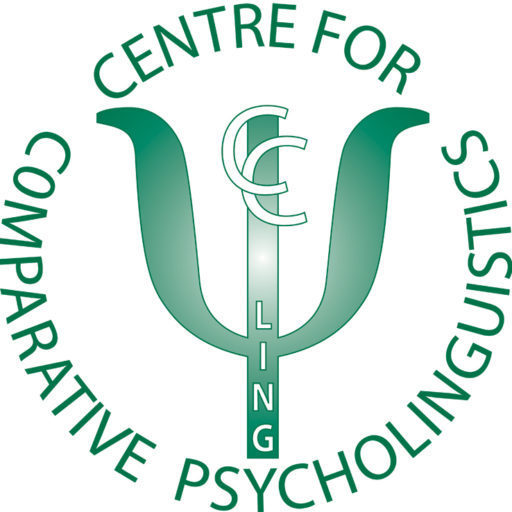2023 STEP
A short overview and introduction to statistics and R, Kasandra Calkins and Stephanie Hammond-Thrasher, University of Alberta
Corpus-linguistic text processing with R, Stefan Th. Gries, UC Santa Barbara & JLU Giessen *Enrolment capped at 25*
Introduction to Bayesian modelling, Scott James Perry, University of Alberta
Introduction to mixed-effect modelling with lme4, Adriana Soto-Corominas & Scott James Perry, Universitat Internacional de Catalunya and University of Alberta
Methodological approaches to language and aging, Victor Kuperman, McMaster University
Taking psycholinguistic methods to the field, Carolyn O’Meara, UNAM
Hybrid:
Discriminative learning and the lexicon: NDL and LDL, Harald Baayen, Yu-Ying Chuang, and Maria Heitmeier, University of Tuebingen
PsychoPy 101: A crash course on building customized experiments, Veranika Puhacheuskaya, University of Alberta
2022 babySTEP
Introduction to WebGazer
As a continuation of our 2021 babySTEP tutorials, we are pleased to offer an Introduction to WebGazer with Dr. Ian Krajbich and Xiaozhi Yang (Ohio State). Their recent article “Webcam-based online eye-tracking for behavioral research” outlines a case for using web-based eyetracking in behavioral research. This tutorial will go into detail on how exactly to incorporate webcam-based eye tracking into JavaScript experiments.
Experiments are increasingly moving online. This poses a major challenge for researchers who rely on in-lab techniques such as eye-tracking. Researchers in computer science have developed web-based eye-tracking applications (WebGazer; Papoutsaki et al., 2016) but they have yet to see use in behavioral research. This is likely due to the extensive calibration and validation procedure, inconsistent temporal resolution (Semmelmann & Weigelt, 2018), and the challenge of integrating it into experimental software. Here, we incorporate WebGazer into a widely used JavaScript library among behavioral researchers (jsPsych) and adjust the procedure and code to reduce calibration/validation and improve the temporal resolution (from 100-1000 ms to 20-30 ms). We test this procedure with a decision-making study on Amazon MTurk, replicating previous in-lab findings on the relationship between gaze and choice, with little degradation in spatial or temporal resolution. This provides evidence that online web-based eye-tracking is feasible in behavioral research.
2021 STEP
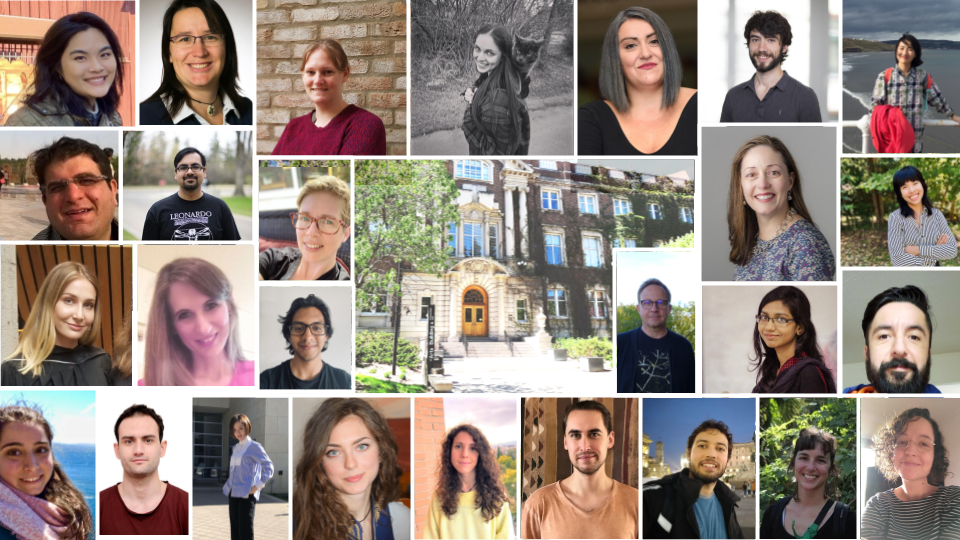
Corpus-linguistic text processing with R – Stefan Th. Gries (UC Santa Barbara & JLU Giessen) **Note that this course begins on April 20th**
An introduction to data analysis with the generalized additive model – R. Harald Baayen, Yu-Ying Chuang, and Peter Hendrix (Tuebingen/Tilberg)
An introduction to vector space morphology and morphological processing using linear discriminative learning (LDL) – R. Harald Baayen, Yu-Ying Chuang, Xuefeng Luo, Maria Heitmeier, and Elnaz Shafael-Bajestan (Tuebingen)
Psycholinguistic applications of NLP method for analyzing free-form texts – Aki-Juhani Kyröläinen (McMaster) – max. 25 seats
Communication: An in-the-body experience – Jennifer Hinnell (UBC) and Elena Nicoladis (Alberta)
Talks and Info Sessions
Natural Language Processing to manage harmful content online – Maite Taboada (Simon Fraser)
How can EEG/ERPs be helpful in psycholinguistic research? – Sid Segalowitz (Brock)
Cognitively constrained models of pronoun processing – Margreet Vogelzang (Cambridge)
Written language production as a window to the mind – Gary Libben (Brock)
If you missed the talks and are interested in seeing a recording, you can request access here:
2021 babySTEP
Tutorial 1a: jsPsych Overview
We would like to welcome Dr. Josh de Leeuw (Vassar) as the first instructor. Dr. de Leeuw is the creator of jsPsych, a software tool for designing Internet-based behavioural experiments. His research is focused on the development and application of Internet-based tools for the study of human cognition.
This 90 minute session will provide a general overview of jsPsych, and walk students through the process of designing an online behavioural study using auditory stimuli. jsPsych experiments are created using plugins, which are ready made templates for experimental tasks such as displaying instructions and collecting keyboard responses. These plugins are added to an experimental timeline which provides the framework of the script. Researchers can use the 30+ existing plugins, create their own plugins, or modify existing plugins, allowing full control over the experiment design. Researchers then host their experiment script on a server and advertise their study via Mechanical Turk, SONA or other method of distribution. Although some knowledge of JavaScript is helpful, students in this session are not required to have any background in programming. We hope this tutorial will be helpful to anyone moving to remote experimentation during the pandemic.
When: January 18, 9:00 – 10:30am MST (GMT-7)
Where: Zoom
Tutorial 1b: jsPsych Q and A
This 90 minute tutorial is for those who took part in session 1a who have specific questions for Dr. de Leeuw. We will be accepting registrations and questions until January 28. Please submit your questions to ccpling with the subject header “jspsych question.” Dr. de Leeuw will address as many of the questions as he is able to in the 90 minute session, with priority given to the most common issues.
When: February 1, 9:00 -10:30am MST (GMT-7)
Where: Zoom
Gesture Panel
We are excited to announce a Panel Discussion organized and emceed by Drs. Jennifer Hinnell (UBC) and Elena Nicoladis (Alberta) on the state-of-the-art (present) and future of the research on (the relationship between) speech and gestures:
Gale Stam – Professor Emerita, National Louis University
Kensy Cooperrider – Cognitive scientist, affiliated researcher Department of Psychology, University of Chicago
Olga Capirci – Research Director at Institute of Cognitive Sciences and Technologies, National Research Council (Italy)
Simone Pika – Head of the Comparative BioCognition Group, Institute of Cognitive Science, University of Osnabrück
Seyda Ozcaliskan – Center for Research on Atypical Development and Learning, Georgia State University
Sandra Debreslioska – Researcher, Humanities Lab, Lund University
Panelists will each address the questions “What’s the relationship between speech and gesture?” and “What do you suspect about gestures but don’t (yet) have convincing evidence for?” This will be followed by 30 minutes of discussion. We will be providing ASL interpreters for this session from Deaf and Hear Alberta.
When: March 5, 9:00 – 10:30 am MST (GMT-7)
Where: Zoom
PCIbex Q & A
As a follow-up to the PCIbex workshop (register here to receive Zoom link) at the 34th Annual CUNY Conference on Human Sentence Processing, we are pleased to announce a Q & A session with Drs. Florian Schwartz and Jérémy Zehr. PCIbex is a free and open-source platform for designing, implementing and hosting online experiments, of use to anyone collecting behavioural experimental data in the cognitive sciences and beyond. This session will expand upon some more advanced functionalities, including audio and video recording as well as the integration of the WebGazer API for eye tracking. Questions are to be submitted in advance, and there is a space for this on the registration form (see below).
When: March 12, 9:00 – 11:00am MST (GMT-7)
Where: Zoom
2020 STEP
Cancelled due to COVID-19
Yu-Ying Chuang & Harald Baayen (Eberhard Karls University Tübingen) – Modeling lexical processing with Linear Discriminative Learning – An introduction to the discriminative lexicon with the WpmWithL dl package for R
Stefan Th. Gries (UC Santa Barbara & Justus Liebig University Gießen) – Corpus-linguistic text processing with R
Aki-Juhani Kyröläinen & Vincent Porretta (McMaster University) – Generalized Additive Modeling – Advanced statistical methods for psycholinguistics
Elena Nicoladis (University of Alberta) – Nonverbal communication – Gestures and speech
Annika Nijveld & Benjamin V. Tucker (University of Alberta) – Speech in psycholinguistics
Certificate Courses
Liam Blything (University of Alberta) – Creating a visual world paradigm step-by-step using Experiment Builder
Isabell Hubert Lyall (University of Alberta) – Introduction to R for experimental data processing
Aki-Juhani Kyröläinen & Vincent Porretta (McMaster University) – Introduction to linear mixed-effects regression using R
2019 STEP
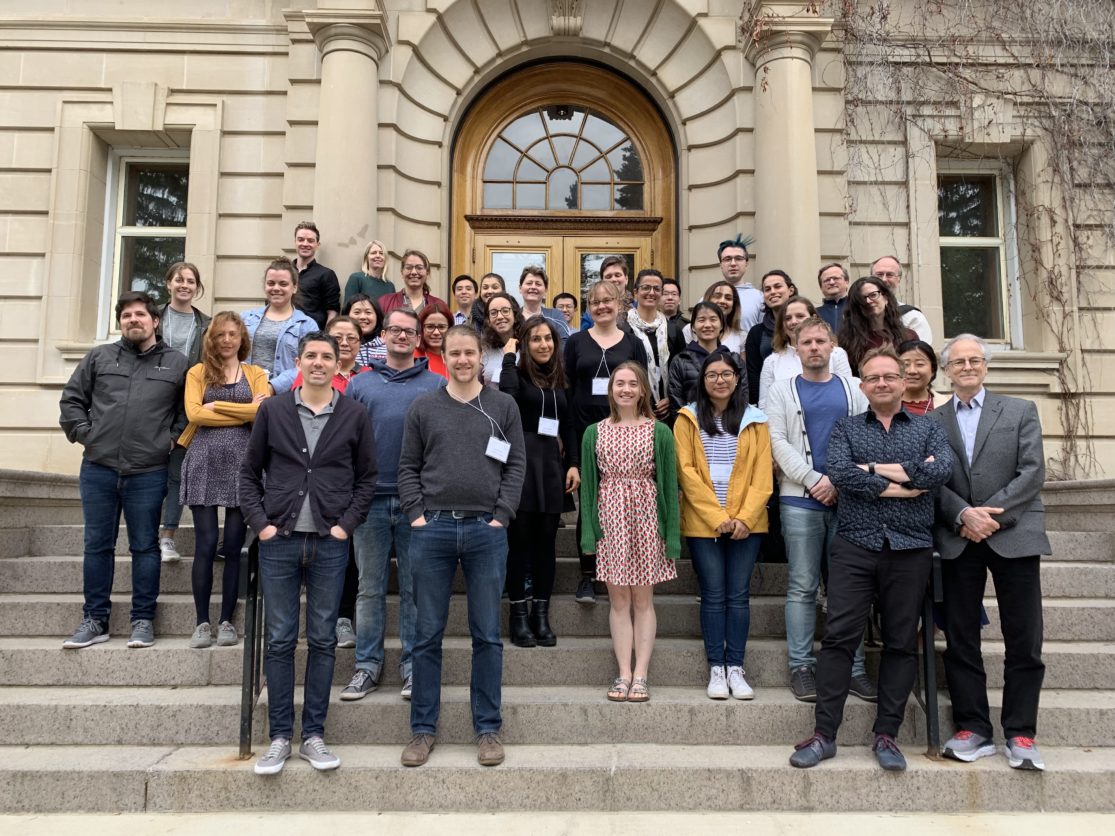
May 13-18, 2019
Petra Hendriks (University of Groningen) – Investigating Individual Variation in Reference Production and Comprehension
Sidney Segalowitz (Brock University) – An Introduction to Cognitive Electrophysiology EEG/ERP Methods: Past, Present and Future
Jacolien van Rij (University of Groningen) – Advanced Statistical Methods for Psycholinguistics: Analyzing Time Course Data
Certificate Courses:
Liam Blything (University of Alberta) – Creating a Visual World Paradigm Step-by-Step Using Experiment Builder
Vincent Porretta (University of Windsor) & Aki-Juhani Kyröläinen (McMaster University) – Introduction to R for Experimental Data Processing
Aki-Juhani Kyröläinen (McMaster University) & Vincent Porretta (University of Windsor) – Introduction to Linear Mixed-Effects Regression Using R
2018 STEP
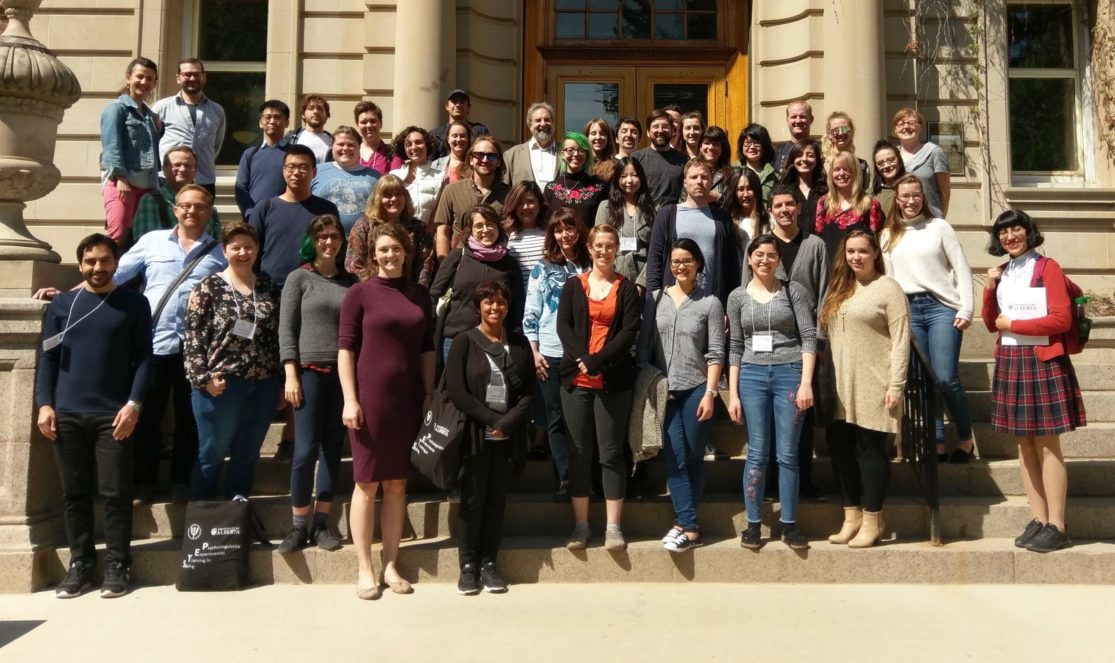
May 14-19, 2018
Harald Baayen (University of Tübingen) – Computational Modeling of Lexical Processing with Naive Discriminative Learning
Emmanuel Keuleers (Tilburg University) – Crowds, Words, and Networks: A Transaction-Based View on Studying Language Processing
Aki-Juhani Kyröläinen (McMaster University) & Vincent Porretta (University of Windsor) – Introduction to Linear Mixed-Effects Modeling in R
Gary Libben (Brock University) – Building and Combining Your own Behavioural Psycholinguistic Techniques for Pure and Applied Research
Vincent Porretta (University of Windsor) – Introduction to R
Debra Titone (McGill University) & Jason Gullifer (McGill University) – Capitalizing on our Communicative & Neurocognitive Diversity: A Selective Overview of Why and How We Study Individual Differences in Language Processing
Benjamin V. Tucker (University of Alberta) – Using Speech in Psycholinguistics: From Speech Synthesis to Spoken Word Recognition
Jacolien Van Rij (University of Groningen) & Juhani Järvikivi (University of Alberta) – The Visual World Paradigm Step-by-Step Eye-tracking for Spoken Language Research
2017 STEP
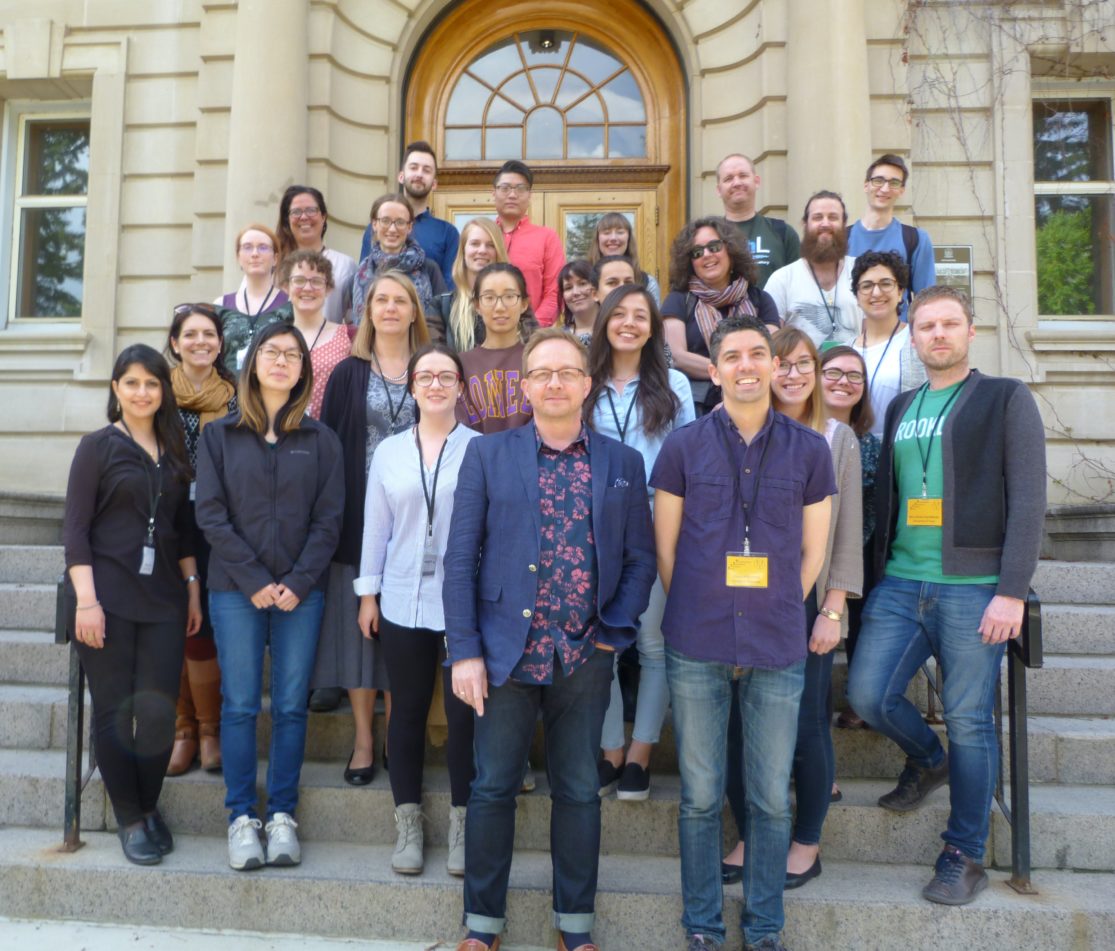
May 15-20, 2017
Shanley Allen (University of Kaiserslautern) – Scientific Writing in Psycholinguistics
Harald Baayen (University of Tübingen) – Implicit Grammar: A Discriminative Perspective on Language and Language Processing
Juhani Järvikivi & Vincent Porretta (University of Alberta) – Exploring Visual World Eye-Tracking and Pupillometry
Vincent Porretta (University of Alberta) – Introduction to R
Vincent Porretta (University of Alberta) & Aki-Juhani Kyröläinen (University of Turku) – Advanced Statistical Workshop: Generalized Additive Mixed Models
Vincent Porretta (University of Alberta) & Aki-Juhani Kyröläinen (University of Turku) – Linear Mixed Effects Modeling and Data Visualization
Debra Titone (McGill University) – Eye Movement Methods to Investigate Bilingual Reading
Benjamin V. Tucker (University of Alberta) – Using Speech in Psycholinguistics: From Speech Synthesis to Spoken Word Recognition
2016 STEP

May 16-21, 2016
Harald Baayen (University of Tübingen) – Implicit Grammar
Gary Libben (Brock University) – Simple Approaches to Building and Combining New Behavioral Psycholinguistic Techniques
Johanne Paradis (University of Alberta) – Conducting Research with Bilingual Children: Topics and Methods
Vincent Porretta (University of Alberta) – An Introduction to R and Psycholinguistic Data Analysis
Anne-Michelle Tessier & Kayla Day (University of Alberta) – Methods in Phonological Acquisition Analysis
Benjamin V. Tucker & Daniel Brenner (University of Alberta) – Using Speech in Psycholinguistics: From Speech Synthesis to Spoken Word Recognition
Jacolien Van Rij (University of Groningen), Vincent Porretta & Juhani Järvikivi (University of Alberta) – Exploring the Visual World Eye-Tracking Paradigm: Introduction and Data Collection & Analyzing the Time Course of Eyetracking Data
Jacolien van Rij (University of Groningen) An Introduction to Using GAMMs for Analyzing Eyetracking Data
2015 STEP
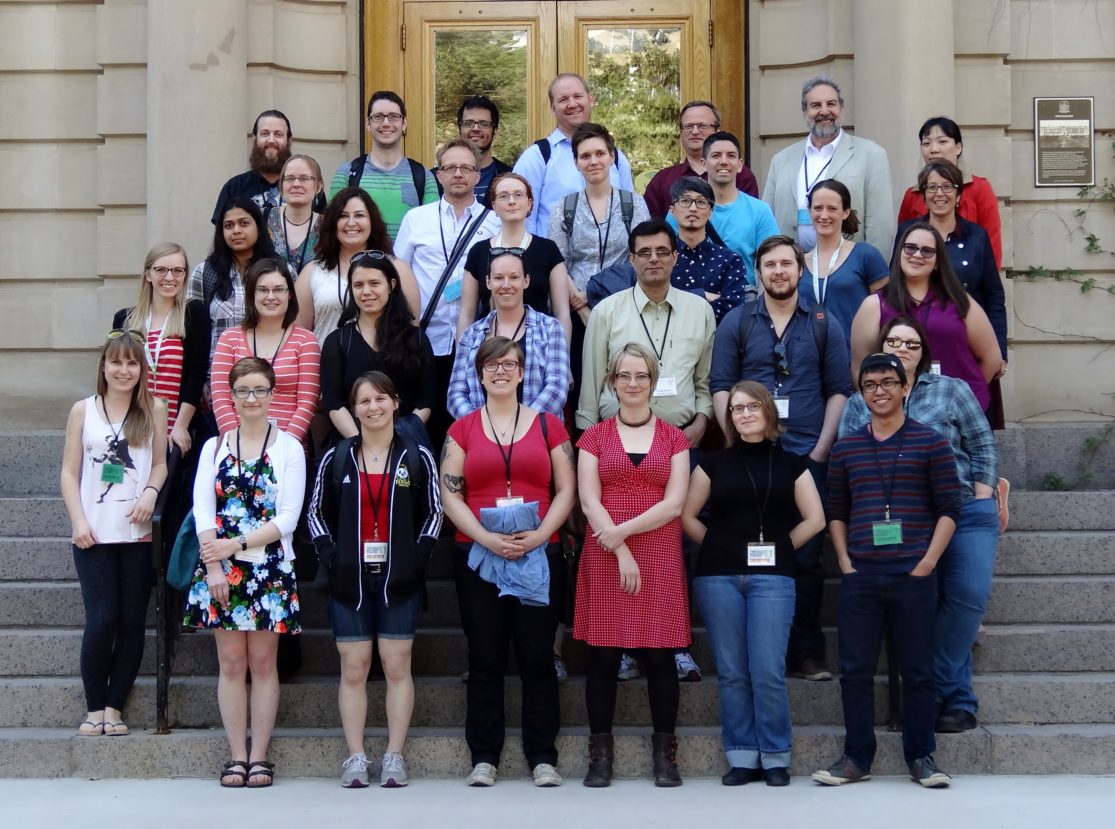
May 19-23, 2015
Harald Baayen (University of Tübingen) – Implicit Morphology
Herbert Colston (University of Alberta) – Figurative Language and Experimental Psycholinguistics: Converging Paradigms and Measures
Juhani Järvikivi (University of Alberta) & Jacolien Van Rij (University of Tübingen) – Exploring the Visual World Eye-Tracking Paradigm: Introduction and Data Collection
Gary Libben (Brock University) – The Psycholinguistics of Complex Words in Creative Minds
Vincent Porretta & Antti Arppe (University of Alberta) – A Short Overview and Introduction to Statistics and R
Benjamin V. Tucker (University of Alberta) – Using Speech in Psycholinguistics: From Speech Synthesis to Spoken Word Recognition
Jacolien Van Rij (University of Tübingen) & Juhani Järvikivi (University of Alberta) – Exploring the Visual World Eye-Tracking Paradigm: Analyzing the Time Course of Eye-Tracking Data
2014 STEP
May 19-23, 2014
Antti Arppe (University of Alberta) – Introduction to Modeling Naive Discriminative Learning
Herbert Colston (University of Alberta) – Figurative Language and Experimental Psycholinguistics: Converging Paradigms and Measures
Gary Libben (Brock University) – The Psycholinguistics of Complex Words in Creative Minds
Antoine Tremblay (Dalhousie University) – EEG Data in R: Formatting, Pre-processing, and Statistical Analysis
Benjamin V. Tucker (University of Alberta) – Using Speech in Psycholinguistics: From Speech Synthesis to Spoken Word Recognition
Jacolien Van Rij (University of Tübingen) & Juhani Järvikivi (University of Alberta) – Exploring the Visual World Eye-Tracking Paradigm: From Data Collection to Statistical Analysis
